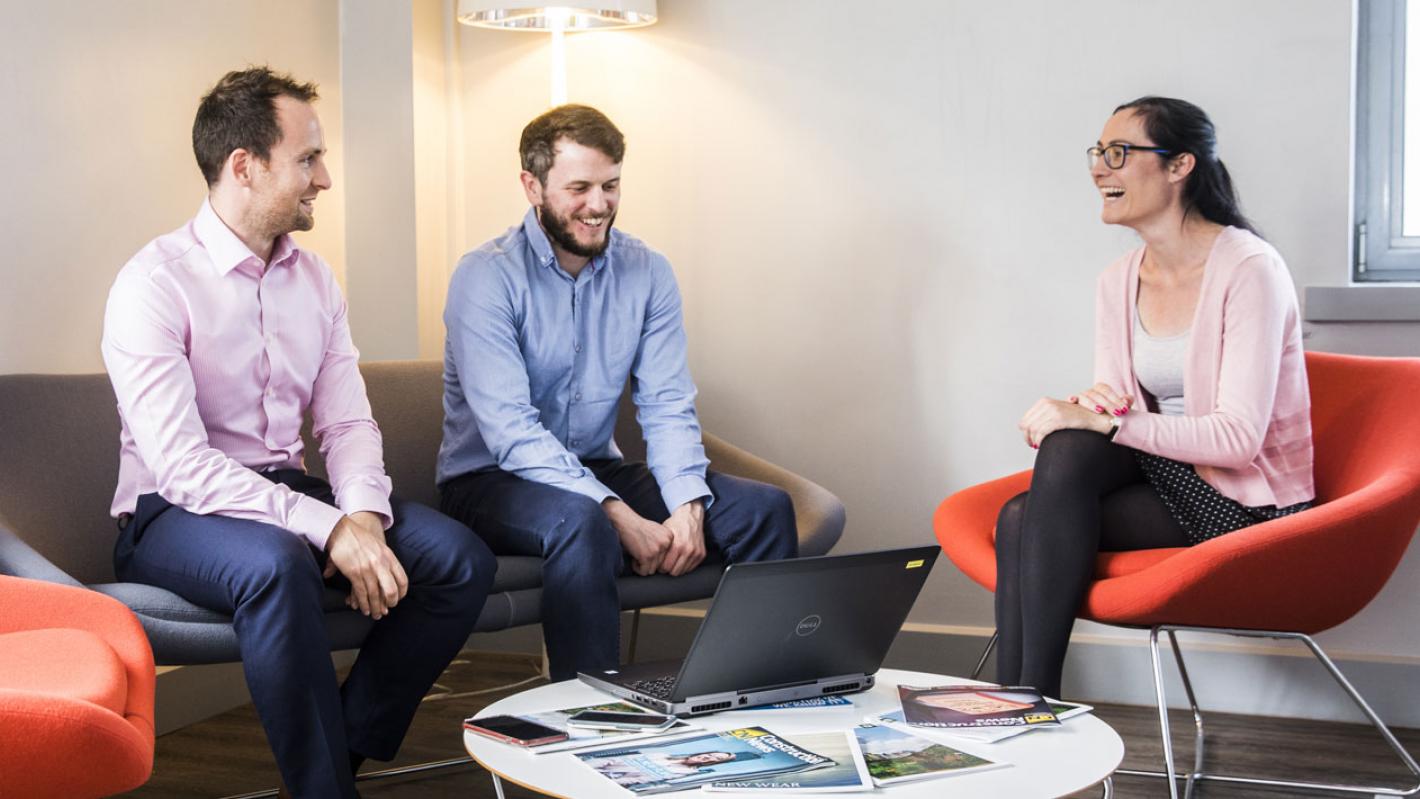
Pictured (L-R): Matthew Ryan, Lorcan Connolly and Rachel Harney.
Roughan & O'Donovan's Rachel Harney, Lorcan Connolly and Matthew Ryan describe their experience of the path to chartership
Meet Rachel Harney, Design Engineer
Rachel Harney is a design engineer with Roughan & O’Donovan (ROD). She joined the company in 2014, after spending two years working as a graduate engineer in an offshore engineering consultancy in Galway. Rachel studied Structural Engineering with Architecture in University College Dublin, where she gained a master’s degree in 2012. She became chartered in 2018.
When I first joined ROD as a design engineer within the bridges team; I knew I was where I wanted to be. At the back of my mind, however, I was aware that I didn’t have the same breadth of experience as colleagues who had completed ROD’s graduate development programme.
But, over the past four years, the sense of having ‘missed out’ has certainly diminished. I’ve worked on a variety of motorway schemes (including overbridges and underbridges and even a camel underpass in Qatar); feature bridge projects, such as the Seabraes tied-arch and cable-stayed beam bridge in Dundee; cable-stayed bridges in India and the UK; and urban schemes, such as the River Dodder Public Transportation Bridge and, more recently, the Waterford North Quays Strategic Development Zone (SDZ).
With experience on projects such as these, I was able to build the knowledge, skills and competencies required to achieve the chartered title.
My involvement in the Northern Spire Bridge project in Sunderland and in feature cable-stayed bridge projects in India certainly helped my application to stand out.
During my chartership interview, the questions focused largely on these feature bridge projects. The panel was impressed with the knowledge I had gained from the experience of working on, for example, our team’s design of the 105m high stand-alone pylon to support the two-span 336m long cable-stayed Northern Spire bridge.
Engineers Ireland offers plenty of resources to help engineers achieve chartership status.
Over the past few years, I have attended several courses in Clyde Road, including ‘Designing for Safety in Construction: Duties of the Designer’, ‘Time Management and Prioritisation Skills’ and the Young Engineer's Society’s ‘Presentation Skills’ seminars.
I have also completed several online courses, including ‘Grammar and Effective Writing’, which improved my written communication skills generally and my technical report writing skills, in particular.
I would strongly encourage young engineers to familiarise themselves with the chartership application and guidelines early in their career. There are several key questions within these documents that point you in the right direction when it comes to demonstrating the competencies of a chartered engineer. Keeping track of these, as you perform them in your daily work, will make the application writing process much less daunting.
Meet Lorcan Connolly, Research Engineer, ROD-IS
Lorcan Connolly is a research engineer with Roughan & O’Donovan Innovative Solutions (ROD-IS). He joined the company in 2013, after graduating from the Structural Engineering with Architecture (ME) programme at University College Dublin. He became chartered in 2016.
During one of my annual performance reviews, my mentor in ROD recommended that I apply for the title of chartered engineer. I spent the next six months reviewing the application process/guidelines and collating relevant information from my previous project experience.
ROD is very active in fostering a clear path to chartership for its engineers and scientists. We are encouraged to be proactive in terms of continuing professional development (CPD), and attending external lectures and courses and in-house presentations is highly recommended.
ROD’s quality management protocol also makes it easy to recall your experience on past projects when completing your chartership application.
The chartership interview panel was very interested in my work as the lead engineer on a structural health monitoring project for the Boyne Railway Viaduct, because it provided a practical example of the role of emerging technologies in bridge assessment.
That said, the chartership application is all about the range of experience of the applicant, so the individual’s suitability is not judged on a single project.
The competencies required of a chartered engineer are quite broad. Some people possibly focus a little too much on the technical side and fall down when it comes to areas such as legislation, health and safety and ethics.
Management of project resources/ budgets is a topic that comes up quite often in the interview, so applicants should ensure they have sufficient experience in this area.
Meet Matthew Ryan, Bridge Engineer
Matthew Ryan is a design engineer with Roughan & O’Donovan (ROD). He joined the company in 2015, having previously worked for Irish Rail, RPS Consulting Engineers and a civil contractor in Sydney, Australia. Matthew graduated with an MSc in Structural Engineering from Trinity College Dublin, after completing his undergraduate studies at University College Cork. He became chartered in 2017.
When I first joined ROD, my mentor helped me to identify the areas in which I needed to improve before I could progress my chartership application. He recommended several in-house and external CPD courses to me, and the company supported me in attending these.
My chartership application was also given a very thorough review by one of our company directors, Marc Jones, which was very beneficial!
The sheer number and diversity of projects I have been involved in over the past few years was a big help when it came to applying for chartership.
From inspecting masonry arch bridges to designing and analysing highway bridges, I was able to demonstrate that I had the required level of knowledge and experience to become chartered.
The Dublin Port Centre Precinct was one the projects that definitely got me over the line. As the structural designer for the steel footbridge, I had to consider not just the analysis but also how the bridge would be built, transported and lifted into place. Working closely with the other team members, including the architect, was critical.
I would recommend familiarising yourself with the various skills and competencies required for the application. Schedule regular meetings with your CPD mentor and identify the areas where you feel you lack experience. Take whatever opportunities you can to build upon your skills and competencies before preparing your application.
